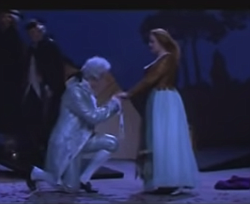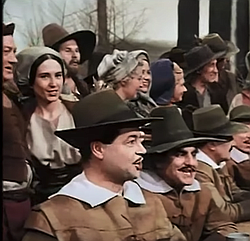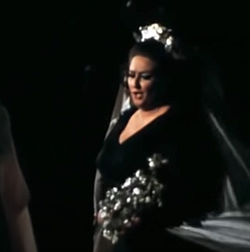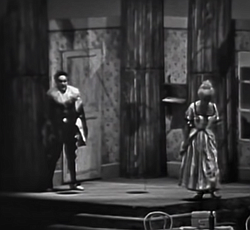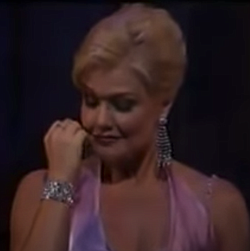A brief guide to opera
With a new opera season starting, at least via streaming or tourism, it might be a good time to ask what opera is. Opera is like the movies. There’s the broad term of movies but within that are dozens of subgenres such as documentaries, romantic comedies, biopics, and so on and so forth. Opera functions in the same way. With that in mind, we’re going to look at some opera genres and the compositions that best represent them.
Opera started over 400 years ago. Jacob Peri’s *Euridice* was written in 1600. It is considered to be the first opera that has survived to the present day. Seven years later, Claudio Monteverdi wrote his *Orfeo*. Monteverdi was opera’s first composer of genius.
Monteverdi wrote operas that consisted of sung dialogue—recitative—arias, duets, and ensembles. This style would be dominant for almost 200 years. By the time we get to Mozart in the late 1700s, we have opera buffa and opera seria as well-established genres.
Opera buffa was an opera with comedy. The quintessential opera buffa is Mozart’s *Marriage of Figaro*. While opera buffa has it’s comical elements, it is not just comedy. The conclusion of Figaro is one of the most poignant scenes in all of opera.
Opera seria, as the name suggests, is an opera with a serious subject matter such as Mozart’s *The Clemency of Titus* or *Idomeneo*.
Mozart also wrote in the genre of singspiel which means “sing play”. Singspiel replaces recitative with spoken dialogue. The most famous singspiel is Mozart’s *The Magic Flute* but *Der Freischütz* by Carl Maria von Weber is at once a singspiel and the first German Romantic opera.
Romantische oper. German for Romantic opera, was based on folklore, the German Middle Ages, and legends. The apex of Romantische oper was in the early operas of Richard Wagner such as *The Flying Dutchman*, *Tannhäuser*, and *Lohengrin*.
While Romantische oper flourished in Germany, bel canto dominated in Italy. The great bel canto composers were Giacomo Rossini, Gaetano Donizetti, and Vincenzo Bellini. It should be noted that opera buffa still functioned within the bel canto style. Rossini’s *The Barber of Seville* is the obvious example of a bel canto opera buffa. The epitome of bel canto opera is Bellini’s *Norma* and specifically the aria “Casta Diva”.
While bel canto was dominant in Italy, grand opera was the genre of choice in France in the early to mid-19th Century. However, it was a German, Giacomo Meyerbeer, who dominated grand opera in Paris.
Giuseppe Verdi started in bel canto and finished just shy of verismo. Verismo means realism. The verismo composers were Giacomo Puccini, Ruggero Leoncavallo, and Pietro Mascagni. Puccini is the master of verismo but the most masterful of all the verismo operas is Leoncavallo's *Pagliacci*.
There are other genres of opera that we haven’t touched on here. Opera comique is defined by Bizet’s *Carmen*, musikdrama by Richard Strauss’s *Salome*, rescue opera by Beethoven’s *Fidelio*, and operetta by Franz Lehar’s *The Merry Widow*.
